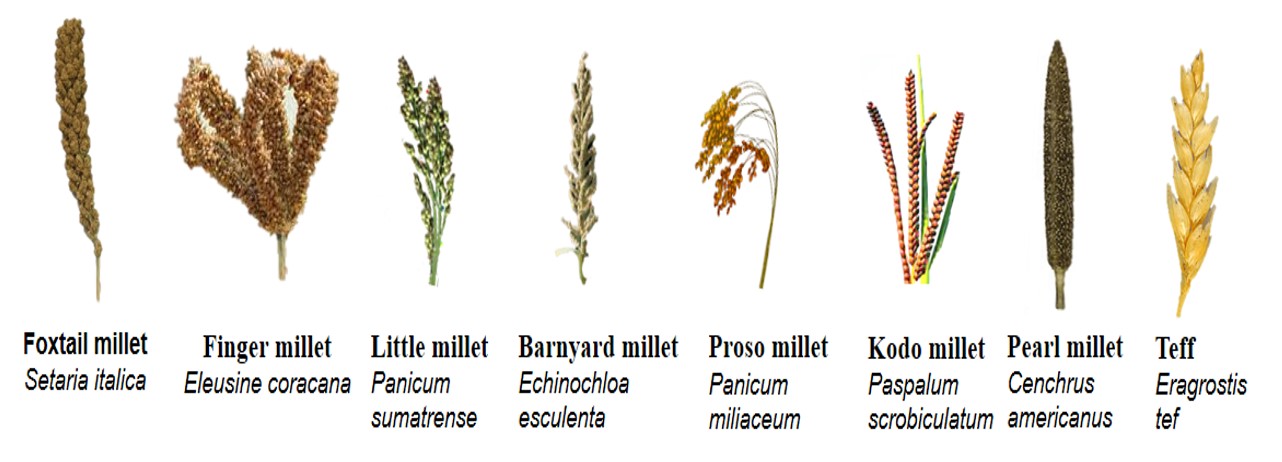
Millets are the small seeded nutrient rich cereals cultivated and consumed for centuries in Asia and Africa. The word millet is derived from the French word “mil,” meaning thousand, inferring thousands of millet seeds will fit on one’s palm. The developing nations are struggling to meet food and nutrient demands of the growing population due to reduction of agricultural land, low nutrients input soils, rapid urbanization, climate change and tough race between food and feed industries. Millets can be one of the major sustainable food sources in future due to their ability to be bio-diverse and flourish in a wide range of climatic and ecological conditions where other crops normally fail to survive.
The United Nations General Assembly (UNGA) adopted a resolution declaring 2023 as the International Year of Millets. The UNGA resolution is aimed at raising awareness globally about the nutritional and health benefits of the millets and their climate resilience properties. This reveals the importance of millets and their role in strengthening food security. Millets provide energy and nutrients for millions of poor people in low- and middle-income countries of Asia and Africa. Millets require less fertilizer and pesticide, unlike mainstream cereals, for cultivation. Millets supply superior nutrients and possess excellent climate resilience properties. In this article we draw insights and inroads on the role of millets to attain the sustainable developmental goals (SDGs) of the United Nations (UN).
For further reading: https://doi.org/10.1002/ppp3.10254

